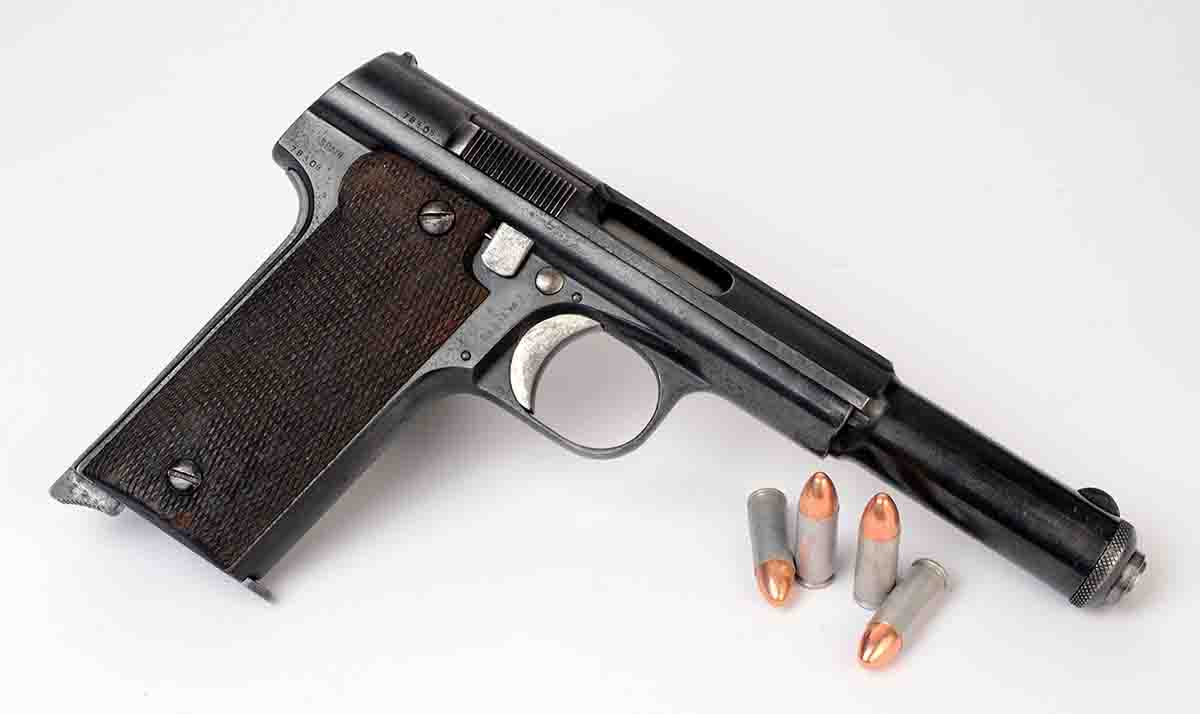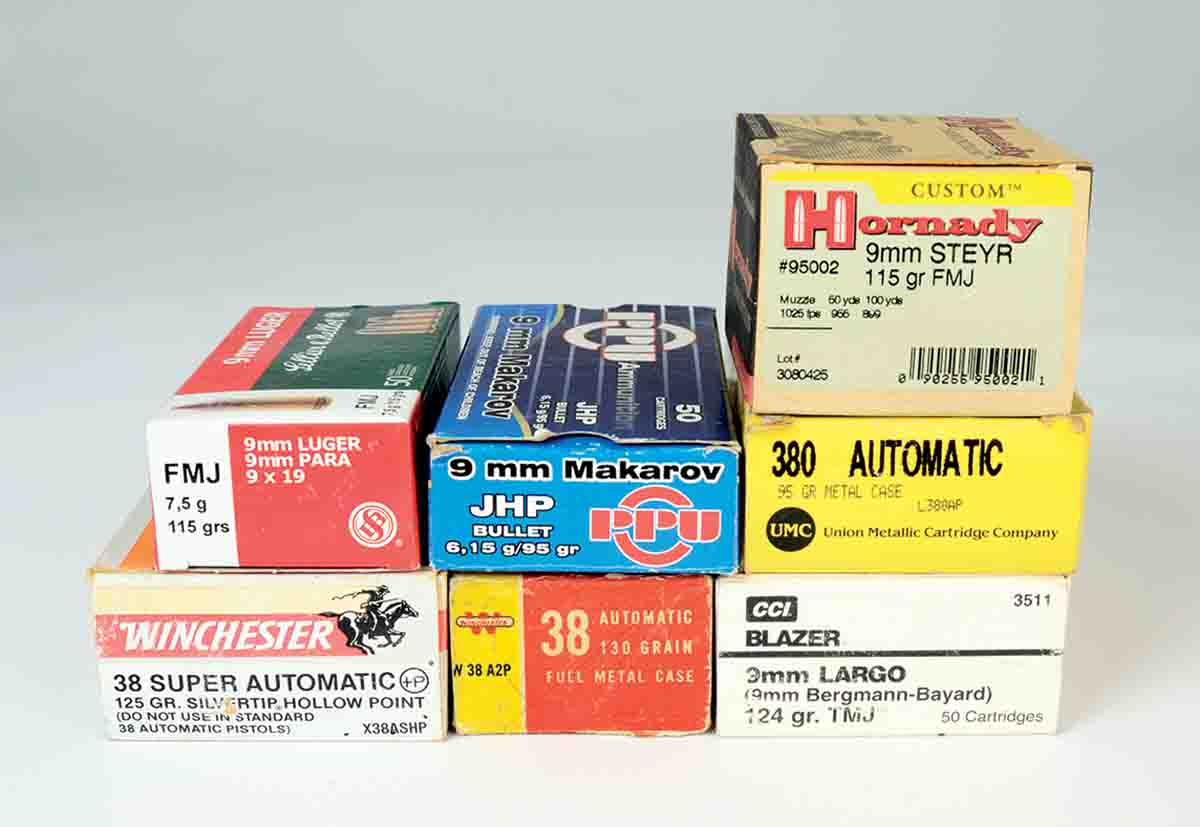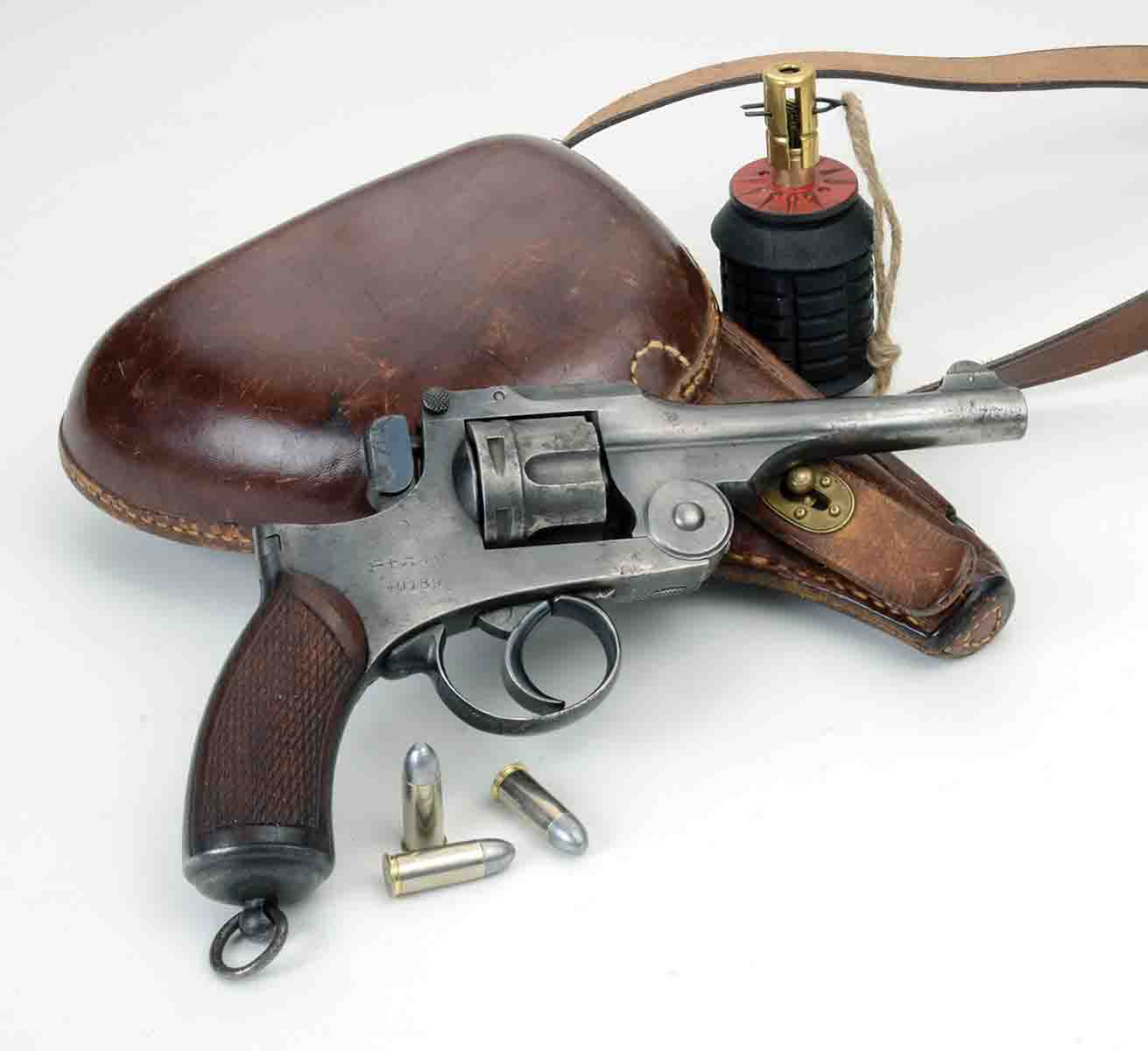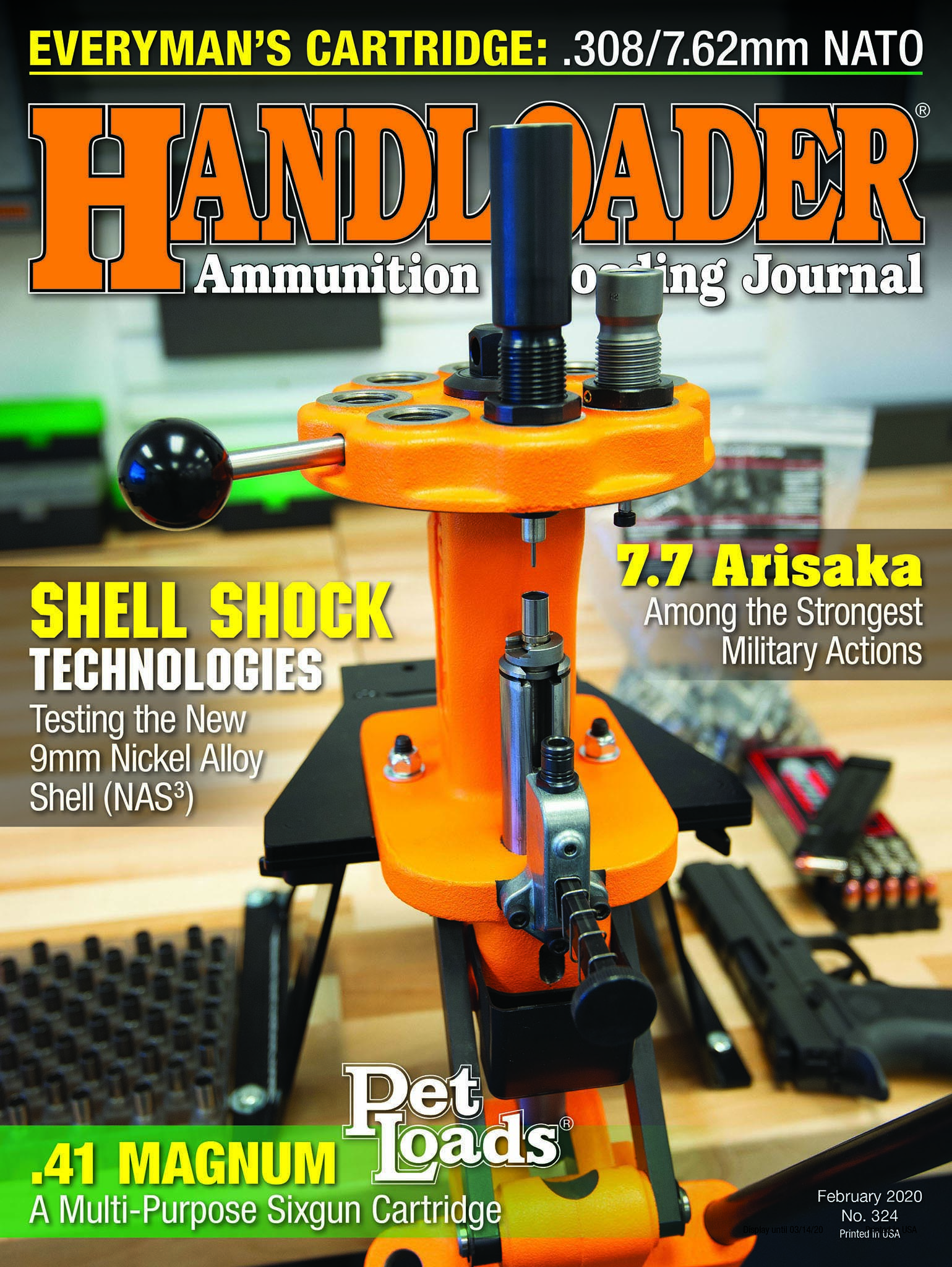Mike's Shootin' Shack
Many 9mms
column By: Mike Venturino | February, 20

In those foreign locales 9mm gun talk must be specific. Is the discussion about the 9mm Largo or 9mm Kurz? Perhaps the talk is about the 9mm Steyr or 9mm Glisenti. There are cartridges that are 9mm in name only and others that are actually 9mm despite their names. Let’s not ignore revolvers because at least two 9mm rounds have been made specifically for them.
The Germans really tried to confuse matters in the 1970s when they developed a special police round. Cartridges of the World, 9th Edition lists it as 9mm Ultra. That’s confusing because there already was a 9mm Kurz (9x17mm) and 9mm Parabellum (9x19mm), so the 9mm Ultra came in at 9x18mm. Recently, while perusing Beretta’s website I encountered a reference to a 9x21mm. Turns out, in Italy, where 9mm Parabellum was banned, a slightly longer version was introduced for sport shooting.
The next confusing 9mm information I received was when buying an old Astra Model 1921. It came with a full CCI Blazer 50-round box labeled 9mm Largo with “9mm Bergman-Bayard” in smaller print. The pistol itself is stamped, “9mm (.38).” It was suggested to me that the stamp means it also accepts .38 Auto (NOT .38 SUPER!) The two case lengths are near identical; .910 inch for the 9mm Largo and .900 inch for .38 Auto. However, the .38 Auto is semi-rimmed with a diameter of .405 inch. The 9mm Largo is rimless and measures .390 inch at its base. The CCI Blazers actually measure .382 inch across their bases, but the few rounds I was willing to shoot out of that box fed and fired perfectly.

So I tried chambering .38 Auto semi-rimmed cases and they would not function in my Astra. Its slide would not close fully. That was the bad news. The good news was this: On hand I had a batch of Starline .38 Super/Comp cases. They are rimless but otherwise identical to the semi-rimmed brass and they shot perfectly from my Model 1921. Fired cases had no unsightly bulges or other deformations. The Speer Reloading Manual #14 has a section on loading 9mm Largo.
Here are a couple of anomalies concerning 9mms. Anyone familiar with them understands that .355 inch is correct for jacketed bullets and .356 inch will likely work with cast projectiles. However, the 9mm Makarov is the one mentioned above that is not actually a 9mm by our common understanding. It takes .364-inch jacketed bullets and .365 inch is recommended for cast bullets. Also, it’s a little-known fact that original .38 Auto and .38 Super FMJ bullets measured .356 inch.

As for a military issue 9mm Japanese revolver cartridge, not only have I never seen one, it’s not even listed in Cartridges of The World. However, at another gun show I bought a fine condition Japanese Type 26 revolver complete with holster, cleaning rod and carry strap. With a bit of research, information was located that revealed the Japanese 9mm Revolver case length is .860 inch. They can be made from .38 Specials, but case rim thickness must be reduced from .054 inch to .035 inch. Military specifications called for a 150-grain bullet at 750 fps. I load mine with Oregon Trail 145-grain, .356-inch cast roundnose bullets with 1.8 grains of Titegroup.
Now what about confusing names? First off, there is a .38 Auto, .38 Super and a much newer bottlenecked .357 SIG. All three rounds are loaded with .355-inch bullets, so dimensionally they are all 9mms. Over the decades .38 Auto/.38 Super gained a poor accuracy reputation. This was traced to the semi-rimmed case; rimless cases gave much better shooting precision. Starline offers them as .38 Super/Comp. Also confusing to some handloaders is the name 9mm Kurz. American’s call it .380 Auto.
Then we get to the 9mm Steyr. According to my Cartridges of The World, it was an Austrian development and was adopted by that country and a few other nations for their armies. A few years back when I obtained some samples of Hornady factory ammunition made expressly for Graf & Son (grafs.com), two 20-round boxes of 9mm Steyr were included. They were stuck on a shelf and forgotten until the Model 1921 Astra was bought. I find it very interesting that when placed side by side, it is practically impossible to discern a 9mm Steyr from a 9mm Largo from a .38 Auto/Super. If .38 Auto/Super is loaded in the Starline “comp” brass, all three rounds feed, function and shoot with similar accuracy from my Astra.

To this point I’ve only covered 9mms for which I have either guns or ammunition on hand. There exist (or existed) many more. The 9mm Glisenti was used by the Italian army early in the 1900s, and a 9mm Mauser chambered by that firm in those odd Broomhandle autoloaders also in the early 1900s. In that same era, there was a 9mm Browning Long, not to be confused with the 9mm Largo. In more recent years, Winchester offered a 9mm Magnum made specifically for a gas-operated Wildey pistol. Its case length was 1.16 inches, the same as .38 Special, and Cartridges of The World lists a strange cartridge called the 9x23mm Winchester that was intended specifically for International Practical Shooting Confederation competition. None of my reloading manuals even mention it.
As interesting as all those others might be, only one 9mm rules worldwide. That’s the 9mm Parabellum (9mm Luger, 9x19mm).


